Bhadrapad Shuklapaksha 6, Kaliyug Varsha 5116
Baghdad (Iraq) – Yazidi community from North of Iraq and border of Kurdistan with around 7 lakh population has become a center of media’s attention. Fanatic terrorists of Islamic State are trying to eradicate this community. Thousands of Yazidis have already fallen prey to brutality of terrorists. About 700 Yazidi women were sold by terrorists for only Rs. 9000/- each to satiate lust of their soldiers. None of the countries in the world came forward to keep this ancient culture alive. Not much information about Yazidi community was available to people; but their ancient history is coming forth now as the community is on the verge of extinction. It is quite surprising to note that Yazidi community has so many similarities with Hindus. Research carried out by a journalist named Robert Spencer is quite enlightening.
1. Yazidi community is a lost rural tribe of primeval Hindus. Customs and traditions followed by them have lot of similarities with customs and traditions followed by Hindus.
2. Lamps in shape of peacock are found in Yazidis’ houses and their temples. Hindus put wicks in the lamps whereas Yazidis kiss these lamps.
3. Shape of Yazidi temple is like that of Hindu temple and there is also sanctum sanctorum in their temple.
4. Peacock is the sign of Yazidis. Peacock is the vehicle (vaahan) of Kartikeya, son of Lord Shiva and it’s a national bird of India. Peacocks are found only in South Asia; but not in Iraq and Syria.
5. Picture of women, attired in sari, is found on the walls of temples of Yazidis. Sari is a common attire of Indian women.
6. Sign of snake is also found on the entrance door of ‘Latish’ temples of Yazidis; such sign is not found in any ancient temples in this region. Snake is worshipped In India, too.
7. Yazidis show 21 rays of the Sun and 21 is an auspicious number for Hindus, e.g. 21 ‘modakas’ offered to Lord Ganesh.
8. Yazidis marry only in their communities like Murid, Sheikh, Peer etc. and not outside their community. Hindus also follow similar custom. There is likelihood of following ‘Gotra’ system even in Yazidis.
9. A plate used for ‘aarti’ is found in houses of Yazidis. Hindus too use such plates for performing ‘aarti’.
10. Yazidis believe in re-birth.
11. Like Hindus, Yazidis do not undergo circumcision. Custom of circumcision is not found in Central – East Asia.
12. Manner of praying amongst Yazidis is similar to what Hindus do i.e. ‘namaskar’. Yazidis pray and do ‘namaskar’ every morning and evening looking at the Sun. Hindus do have a similar custom.
13. Yazidis, while praying in temple, apply ‘bindi/ kumkum’ on forehead which is also done by Hindus since ancient times.
14. Yazidis light lamps on every auspicious occasion.
15. Yazidi male performs ‘puja’ by lighting fire in temple called as ‘Melek Taus’ which is like ‘yadnyas/ sacred fire’ of Hindus.
16. A sign of ‘Trishul/ trident’ is engraved on Yazidis’ utensils; their musical instruments also look like Hindus’ ‘dhol’ and ‘conch’. They perform ‘puja’ of the Sun like Hindus do.
Robert Spencer does continue with his research further.
Source : Dainik Sanatan Prabhat





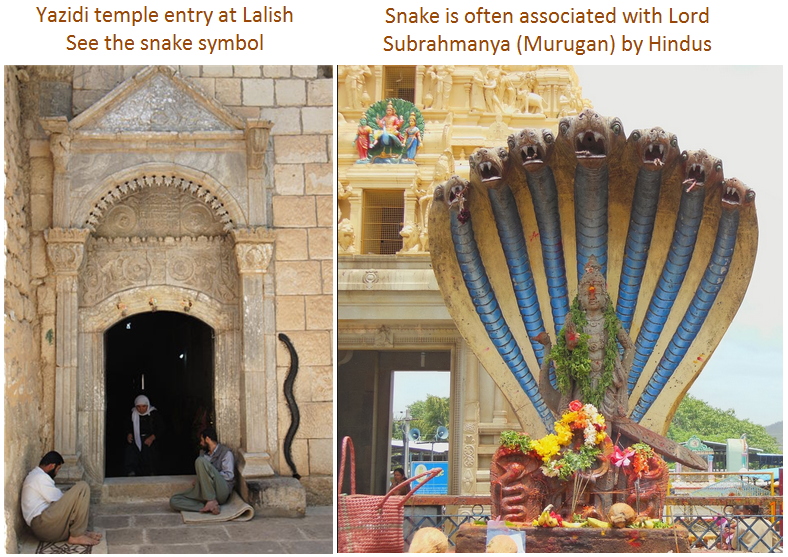
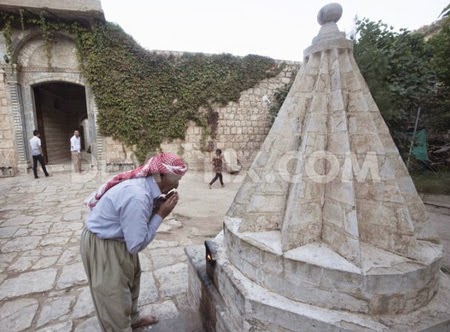
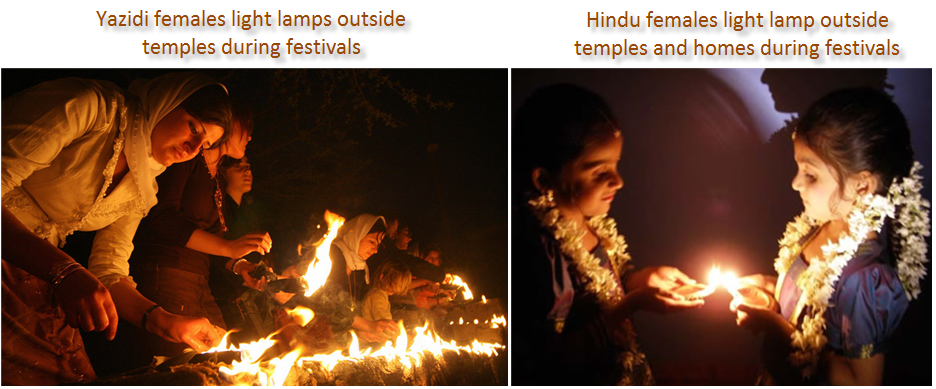
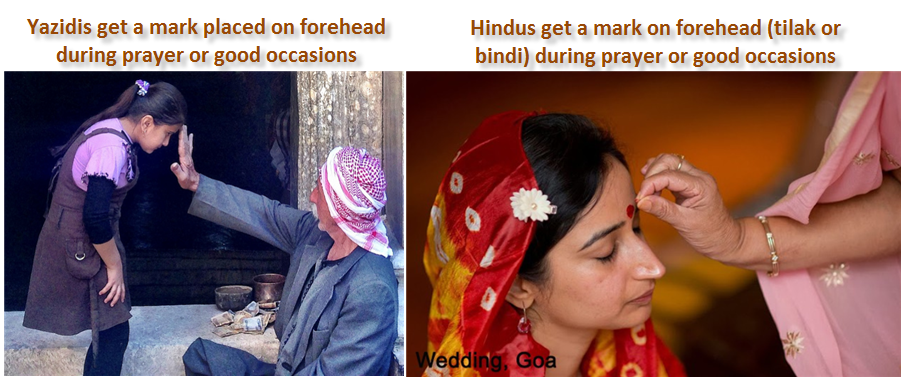
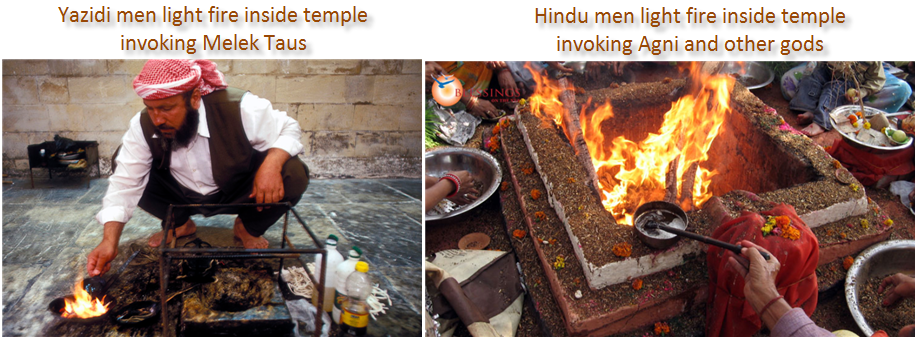
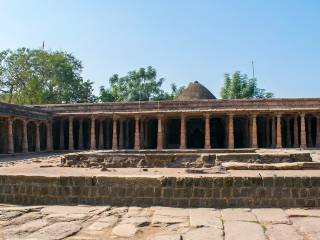 Madhya Pradesh: ASI survey of Bhojshala complex in Dhar to start on March 22
Madhya Pradesh: ASI survey of Bhojshala complex in Dhar to start on March 22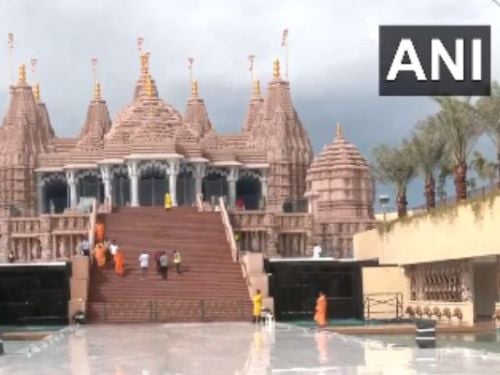 PM Modi to inaugurate the first traditional Hindu Mandir in Abu Dhabi
PM Modi to inaugurate the first traditional Hindu Mandir in Abu Dhabi Tirupati Devasthanams to establish platform for non-Hindus to adopt Sanatan Dharma
Tirupati Devasthanams to establish platform for non-Hindus to adopt Sanatan Dharma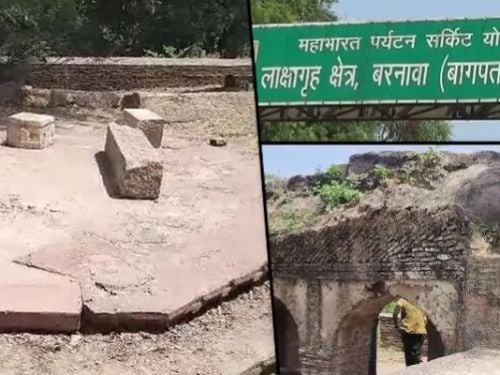 Baghpat court gives ownership rights of Mahabharata era Lakshagriha to Hindu side
Baghpat court gives ownership rights of Mahabharata era Lakshagriha to Hindu side Misleading claims about Brahmins removed in rationalised NCERT textbooks
Misleading claims about Brahmins removed in rationalised NCERT textbooks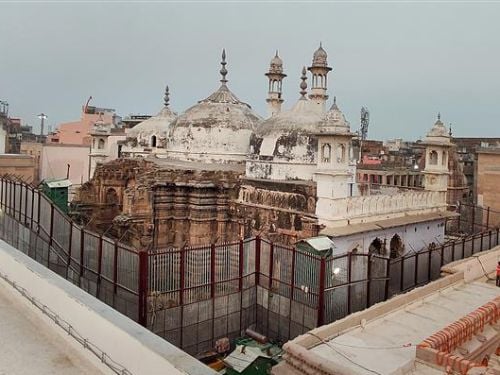 Big victory to Hindus as court allows puja in Vyas Ji Ka Tehkhana at Gyanvapi complex
Big victory to Hindus as court allows puja in Vyas Ji Ka Tehkhana at Gyanvapi complex